Rust Repair on this 1959 Buick Le Sabre
American Retro Classic
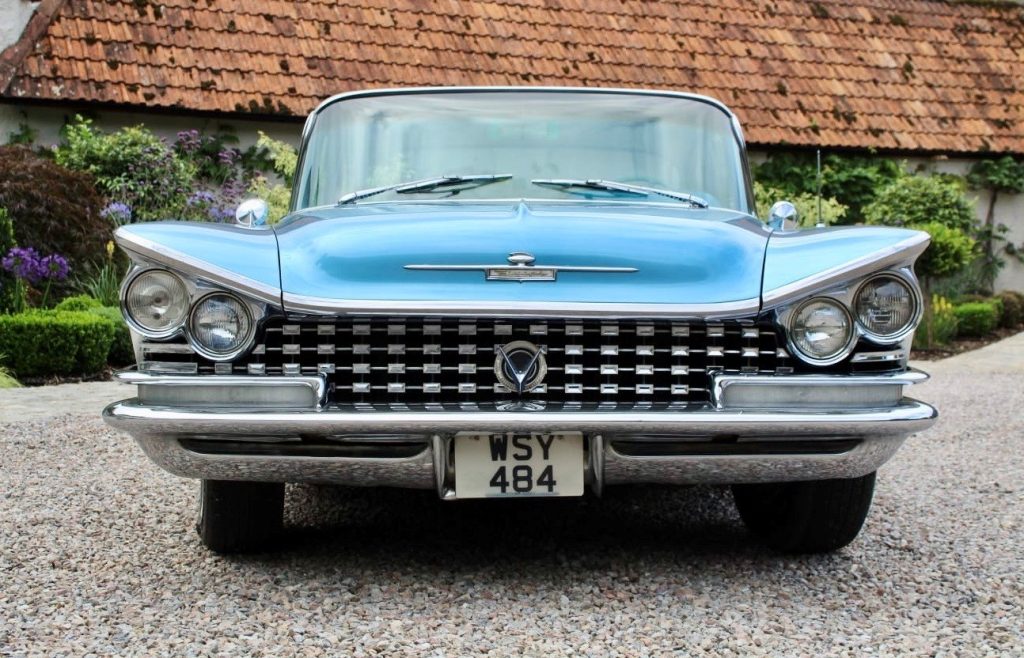
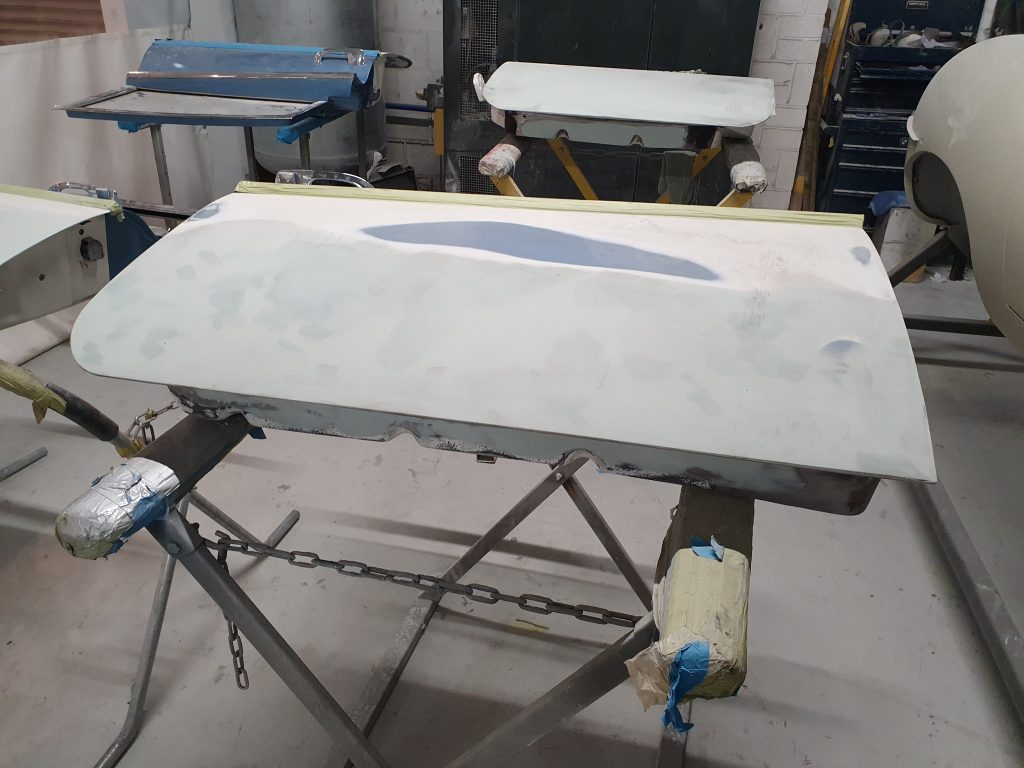
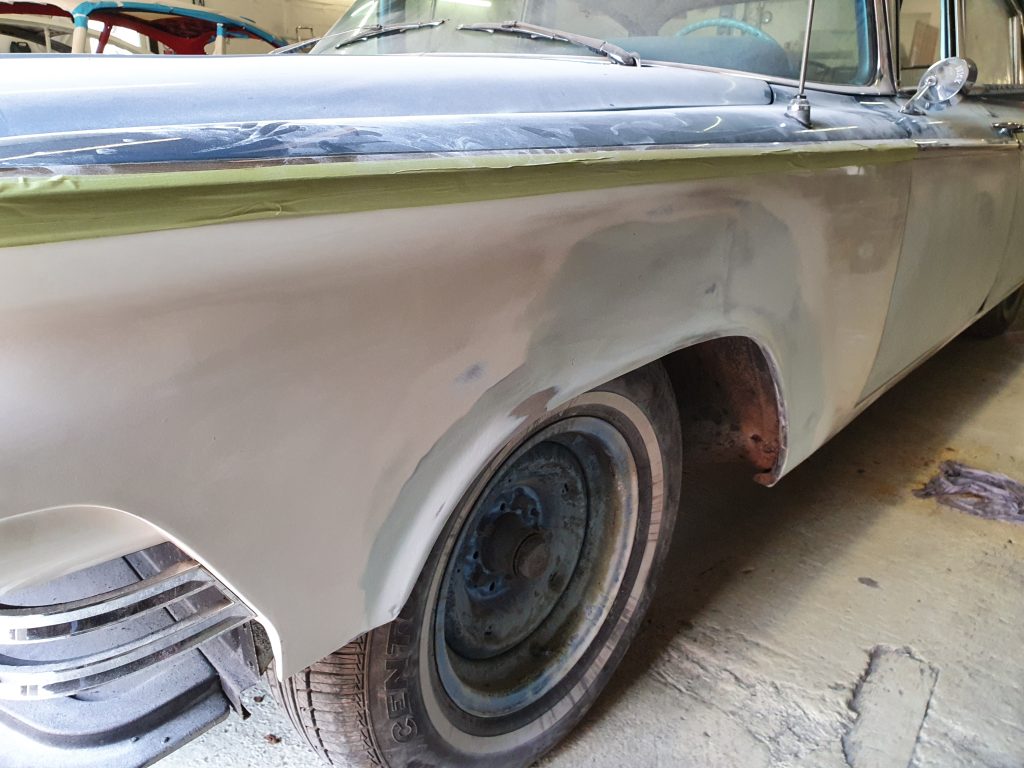
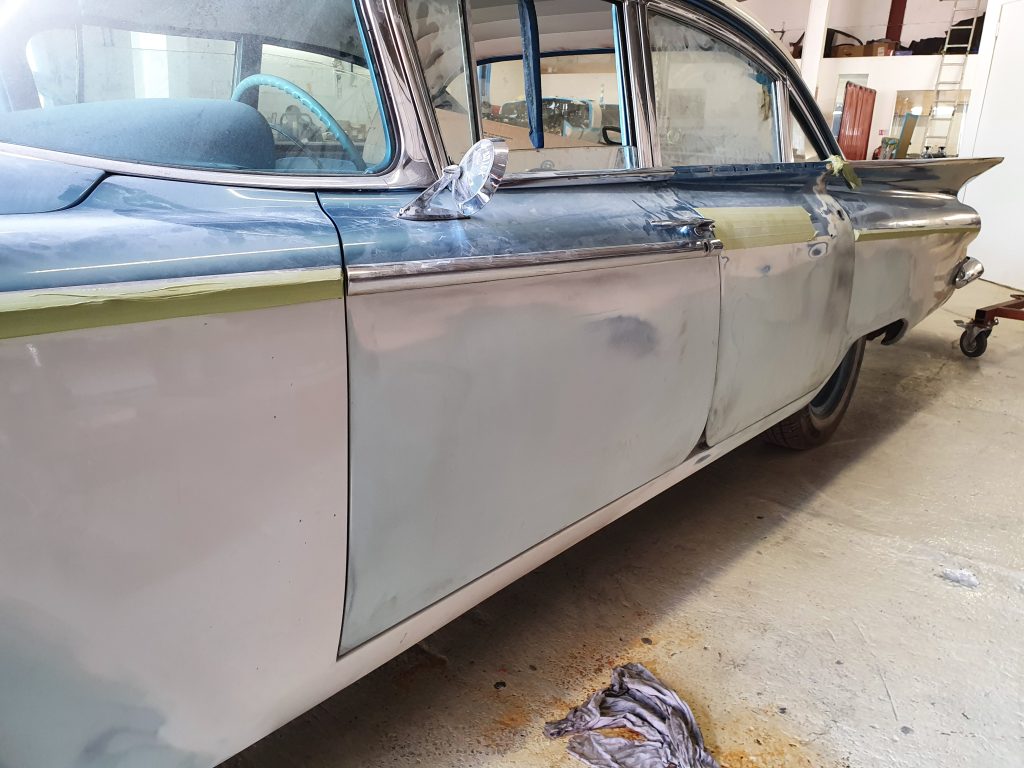
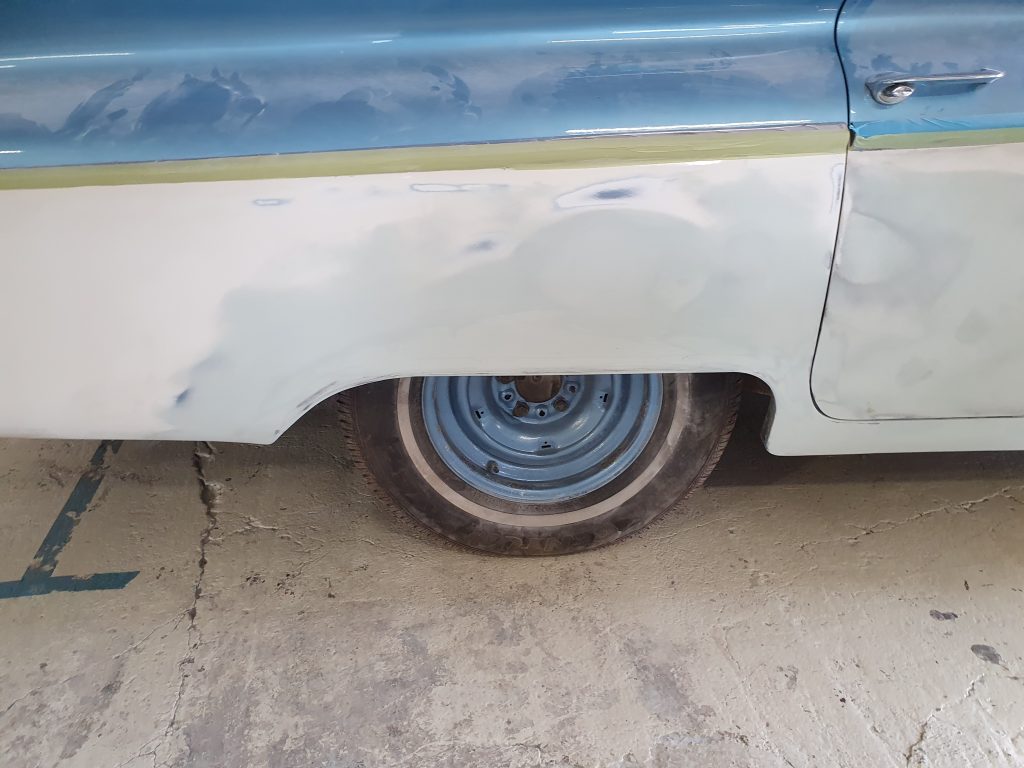
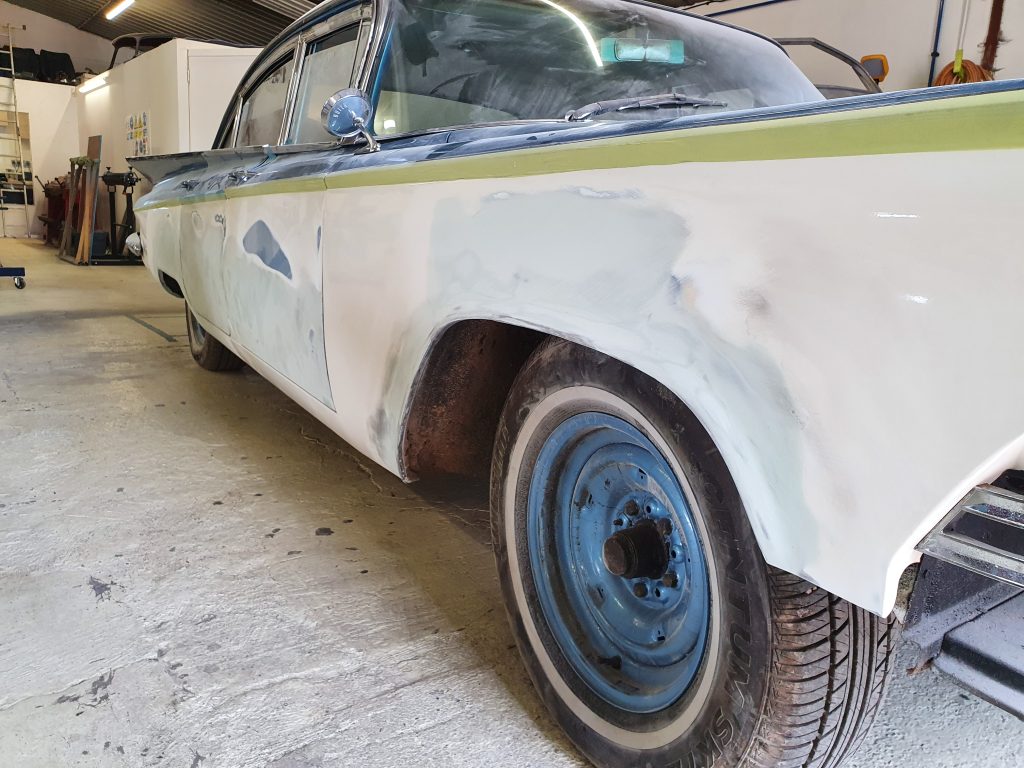

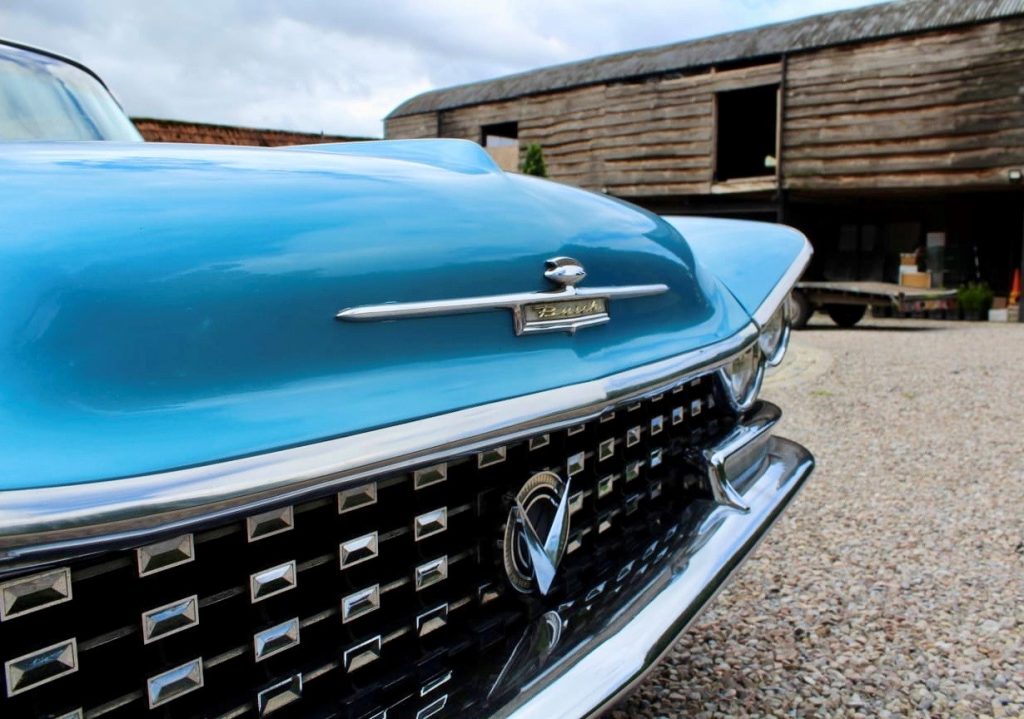

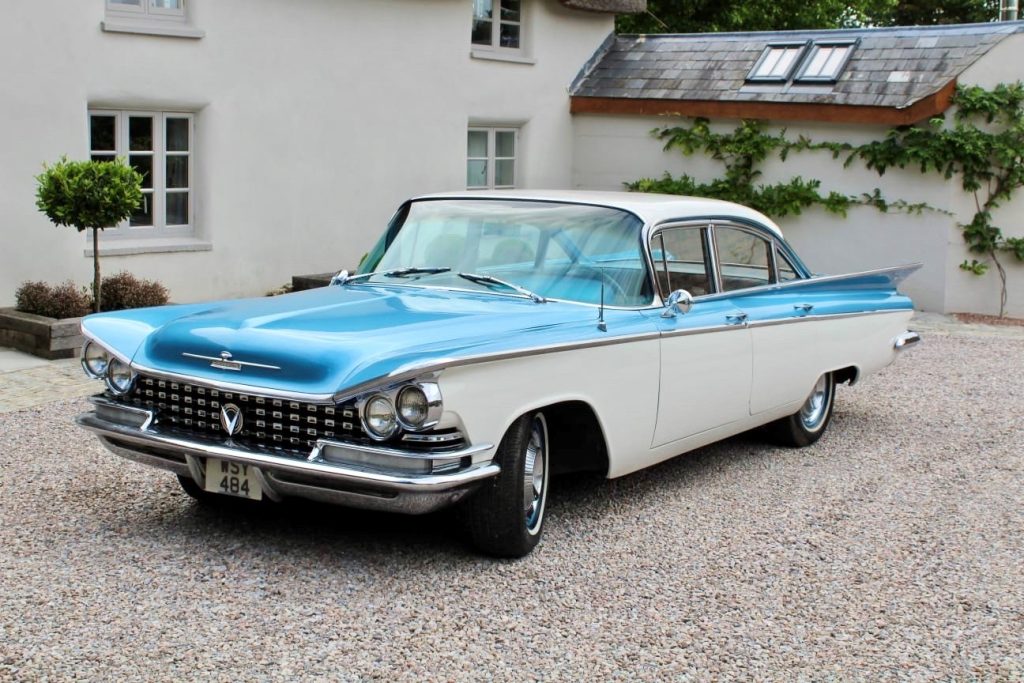

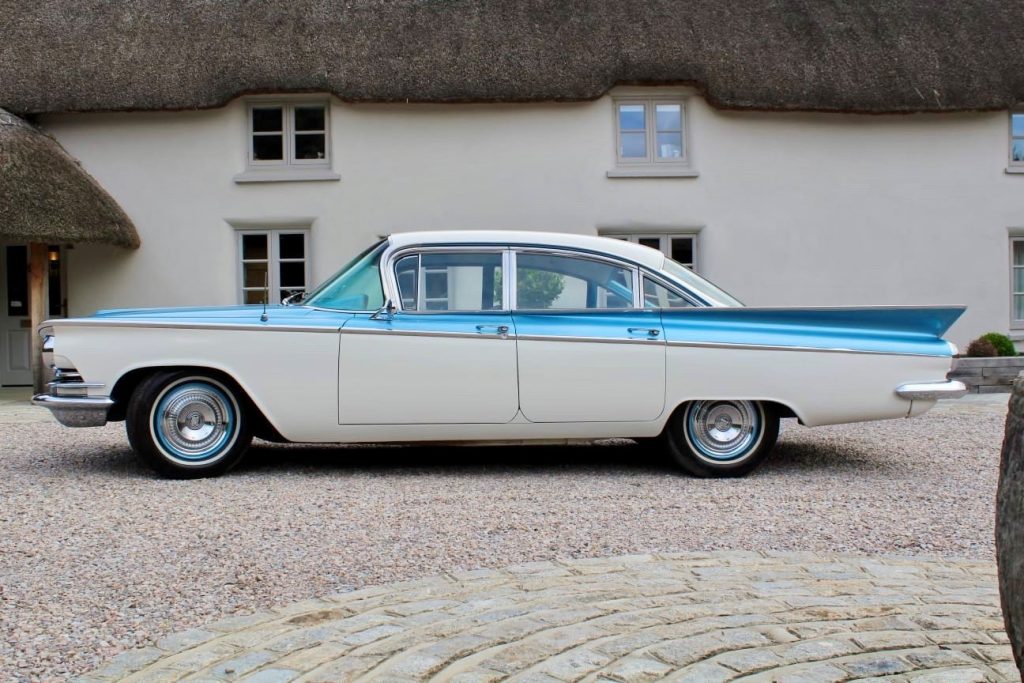
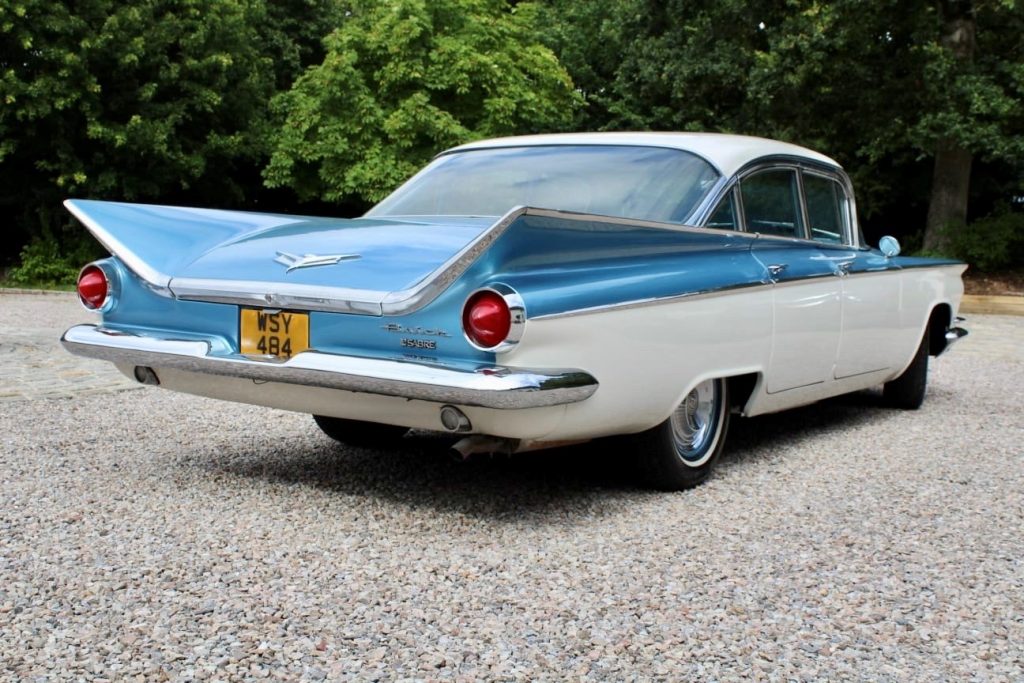
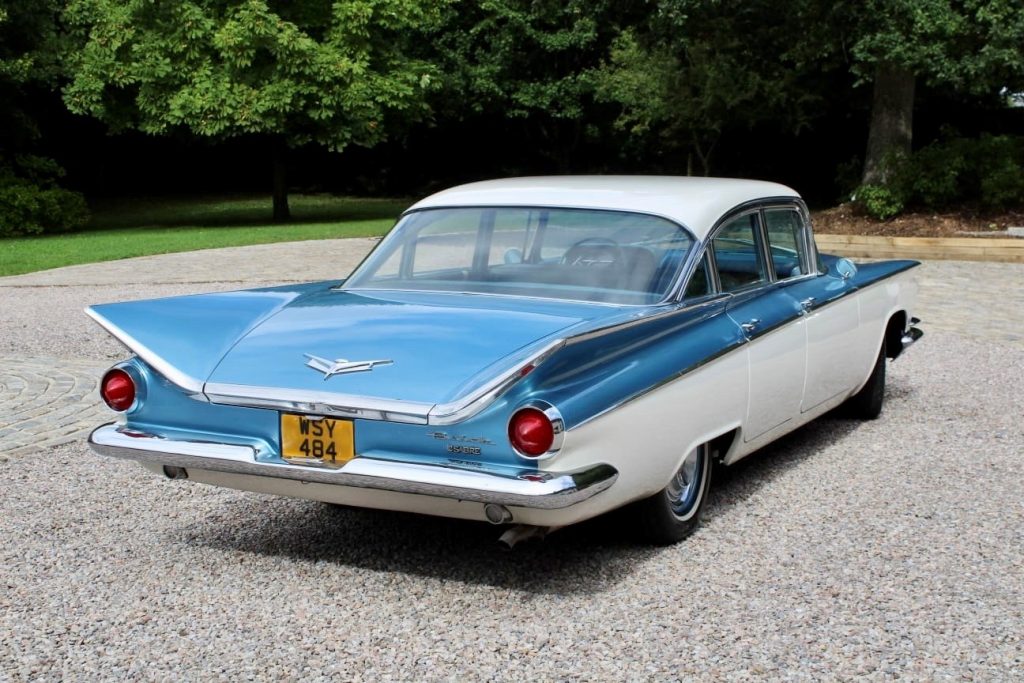
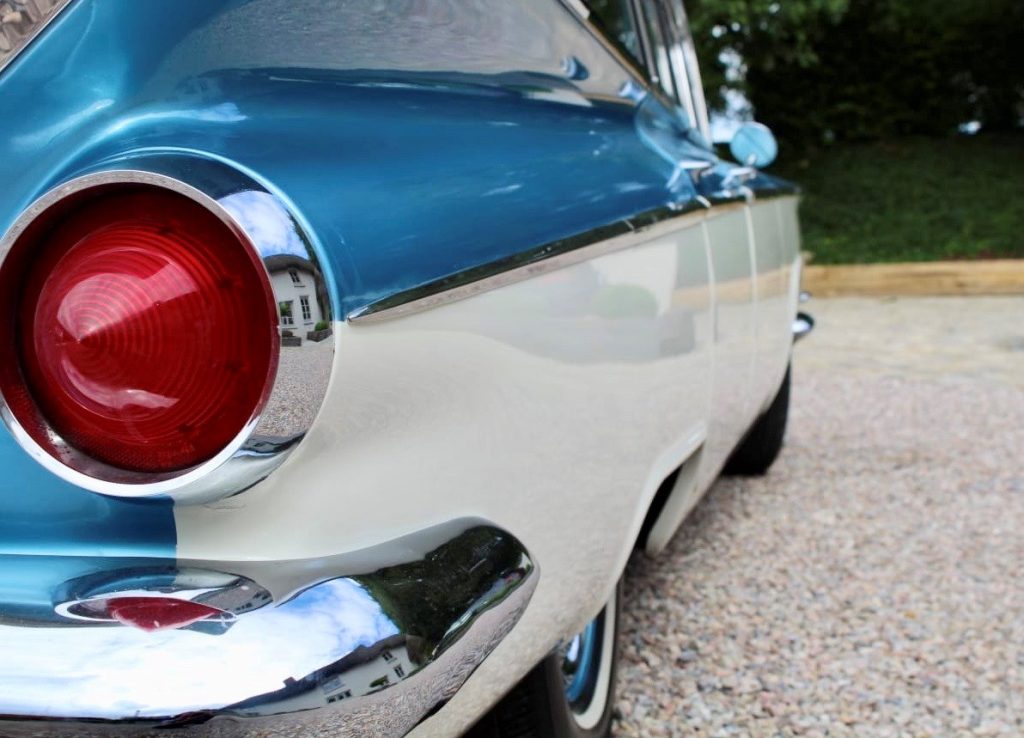
The History
1959 Buick LeSabre:
- Introduction: The 1959 Buick LeSabre was part of the third generation of LeSabre models, which were produced from 1959 to 1960. The 1959 model year was notable for its distinctive styling, which featured large tailfins and a more extravagant design, characteristic of the late 1950s automotive era.
- Design and Styling: The 1959 LeSabre had a bold and iconic look, with prominent tailfins and a wide chrome grille. The car featured a sleek and sweeping design that reflected the space-age and jet-inspired styling trends of the time. The large tailfins were a defining feature of many American cars in the late 1950s.
- Powertrain: The LeSabre was available with various engine options. Common engine choices included V8 engines that provided ample power for the era. Transmission options typically included automatic transmissions.
- Trim Levels: The LeSabre was positioned as a full-size entry-level luxury car in the Buick lineup. It was available in different body styles, including sedans, coupes, and convertibles. Buick offered various trim levels and options to cater to a range of customer preferences.
- Sales and Production: The 1959 LeSabre, like many cars of its time, was popular among consumers who were drawn to its bold styling and performance. Buick produced a significant number of LeSabre units during the 1959 model year.
- Legacy: The 1959 Buick LeSabre is remembered for its iconic design and represents a classic example of American automotive styling from the late 1950s. The tailfin era was a distinctive period in automotive history, and the 1959 LeSabre is a reflection of the industry’s exploration of futuristic and space-inspired aesthetics.
What we did
At Blackline, restoring a classic car like the 1959 Buick LeSabre, especially when dealing with rust issues, can be a rewarding but challenging task. Here’s a general guide on how you might approach rust repair on a vintage vehicle and the method taken to repair this American beauty:
1. Assessment:
Begin by thoroughly assessing the extent of rust damage. Identify areas affected, both visible and hidden. Take note of structural components that might be compromised.
2. Documentation:
Document the areas of rust through photographs or notes. This will help you plan the repair process and ensure you don’t miss any critical details.
3. Safety First:
Before starting any repair work, ensure the car is safely supported, and take necessary safety precautions. Safety glasses, gloves, and other protective gear are essential.
4. Disassembly:
Depending on the severity of rust, you may need to partially or fully disassemble parts of the car. This could include removing trim, panels, or interior components to access hidden rust.
5. Surface Preparation:
Clean the affected areas to remove loose rust, dirt, and debris. Sand or use a wire brush to expose the clean metal. This will help in assessing the depth of rust penetration.
6. Rust Removal:
Remove the rust using appropriate methods:
- Chemical Rust Converters: Converters can neutralize rust and prevent further corrosion.
- Sandblasting or Grinding: Removes rust and exposes bare metal.
- Manual Scraping: For smaller areas, you can use hand tools to remove rust.
7. Metal Repair:
- Patch Panels: For severely rusted or damaged areas, you may need to cut out the affected metal and weld in patch panels.
- Welding: If rust has compromised structural integrity, welding may be necessary to repair and reinforce.
8. Priming and Painting:
- Primer: Apply a high-quality automotive primer to the repaired areas to prevent future rust.
- Paint: Match the original paint color and apply a quality automotive paint.
9. Undercoating:
Apply an undercoating to protect vulnerable areas from road debris and moisture.
10. Replacement Parts:
If rust has damaged certain components beyond repair, you may need to source replacement parts.
11. Rust Prevention:
- Regularly inspect and maintain the car to prevent future rust.
- Use rust inhibitors or coatings on vulnerable areas.
- Store the car in a dry environment when not in use.
